Feed description:
James Webb telescope captures stunning images of Jupiter - Bangkok Post
8/24/22 at 3:04am

The James Webb Space Telescope of the United States space agency, the National Aeronautics and Space Administration (Nasa), has captured stunning images of the planet Jupiter showing two tiny moons, faint rings and auroras at the northern and southern poles.
Viewed by
You are the first to view
'It takes time to reveal its profundity': our music critic reviews the sound of Nasa's black hole - The Guardian
8/24/22 at 3:04am
The space agency’s release of noise from 200m light years away has been compared to everything from Pink Floyd to Björk. Here’s what a professional reviewer made of it
Viewed by
You are the first to view
Observing Leadership as and in Networks | PRBM - Dove Medical Press
8/24/22 at 3:04am

By defining & differentiating between SLAN & SLIN, expanded is a new perspective on SLIN with further development of multilevel shared leadership facilitated.
Viewed by
You are the first to view
What are solar flares and geomagnetic storms? Explained here - HT Tech
8/24/22 at 3:04am
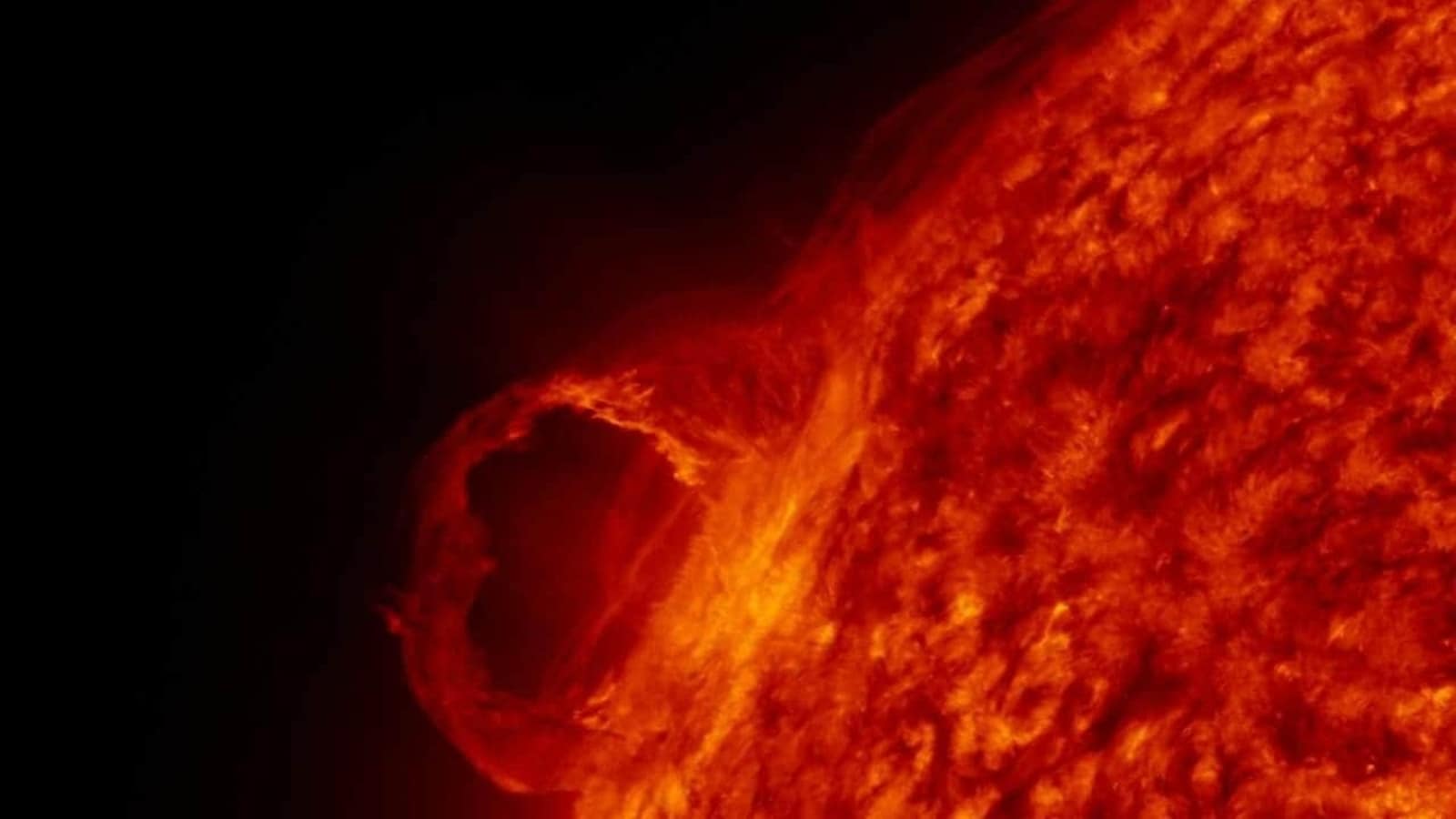
A number of solar storms have hit the earth over the last few weeks. Here's all you need to know about these solar storms and and the geomagnetic storms they spark.
Viewed by
You are the first to view

New images capture the planet's Great Red Spot, a storm big enough to swallow Earth, and its northern and southern lights
Viewed by
You are the first to view
Revealed missing step in lipid formation could enable detection of past climates - Phys.org
8/24/22 at 3:04am

The missing step in the formation of a lipid molecule that allows certain single-celled organisms to survive the most extreme environments on Earth has now been deciphered. This new understanding, uncovered by a team of biochemists from Penn State and the Uni…
Viewed by
You are the first to view
What Drives Galaxies? The Milky Way’s Black Hole May Be the Key. - Quanta Magazine
8/24/22 at 3:04am

Supermassive black holes have come to the fore as engines of galactic evolution, but new observations of the Milky Way and its central hole don’t yet hang together.
Viewed by
You are the first to view
Study of ancient skulls sheds light on human interbreeding with Neandertals - EurekAlert
8/24/22 at 3:04am

Research has established that there are traces of Neandertal DNA in the genome of modern humans. Now an exploratory study that assessed the facial structure of prehistoric skulls is offering new insights, and supports the hypothesis that much of this interbre…
Viewed by
You are the first to view
China developing world's largest telescope array to study violent eruptions on Sun - Republic World
8/24/22 at 3:04am

China's new Daocheng Solar Radio Telescope is being developed in the Sichuan province to study eruptions on the sun and will be complete by 2022 end.
Viewed by
You are the first to view
Breeding biology of giant Australian thunderbirds paves way to extinction - University of Cape Town News
8/24/22 at 3:04am
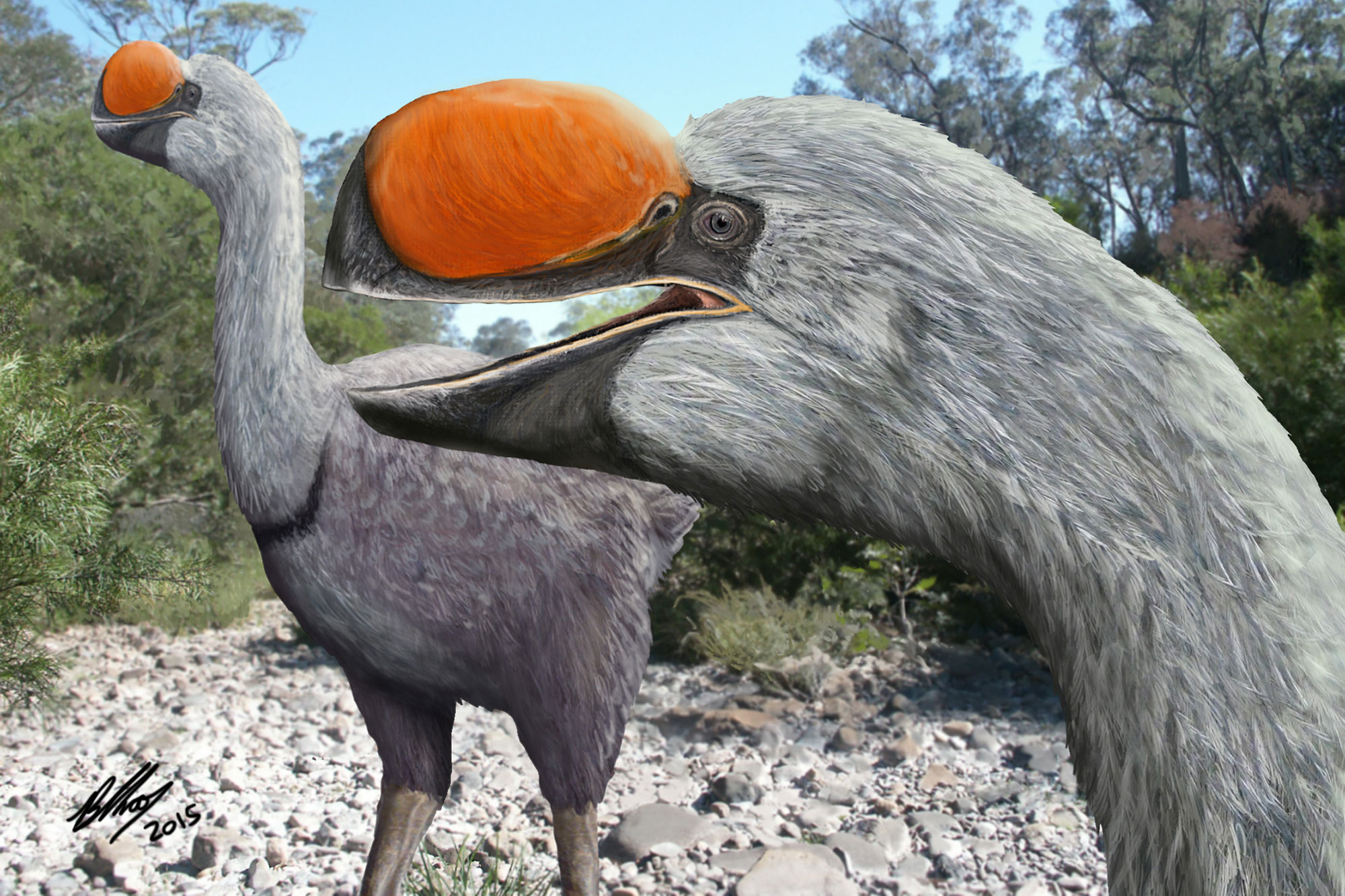
Bone microstructure studies on the fossil bones of the extinct ‘thunder bird’ were conducted by UCT and Flinders University vertebrate palaeontologists.
Viewed by
You are the first to view
James Webb Space Telescope offers new views of Jupiter's auroras and moons - CBC News
8/24/22 at 3:04am

New images of Jupiter taken by the James Webb Space Telescope offer unprecedented views of Jupiter's northern and southern lights, and swirling polar haze.
Viewed by
You are the first to view
Look up: Asteroid Vesta makes rare appearance in the sky - CGTN
8/24/22 at 3:04am

If you think observing a supermoon or meteoric show is too basic, there's a stargazing event happening tonight, just for you!
Viewed by
You are the first to view
Resurrecting Ancient Cephalopods with Robots - AZoRobotics
8/23/22 at 11:12am

We speak with David Peterman about his involvement in innovative new research that utilizes robot technologies to explore how ancient ammonoids moved through their marine habitat.
Viewed by
You are the first to view
British scientists behind key COVID trial launch study to test monkeypox treatment - Reuters
8/23/22 at 11:12am
/cloudfront-us-east-2.images.arcpublishing.com/reuters/53IDYKW3PJI4VOZSHM4ADOSXDA.jpg)
The British scientists behind one of the major therapeutic COVID-19 trials have turned their focus to treatments for monkeypox, a viral disease that has been labeled a global health emergency by the World Health Organization (WHO).
Viewed by
You are the first to view
Microsoft's Largest Piece of Software Weighed More Than 40 Pounds - PCMag
8/23/22 at 11:12am

Before the internet, developer software included a lot of printed manuals.
Viewed by
You are the first to view
Airborne Laser Scanning Helps Identify Old-Growth Mediterranean Forests - AZoOptics
8/23/22 at 11:12am
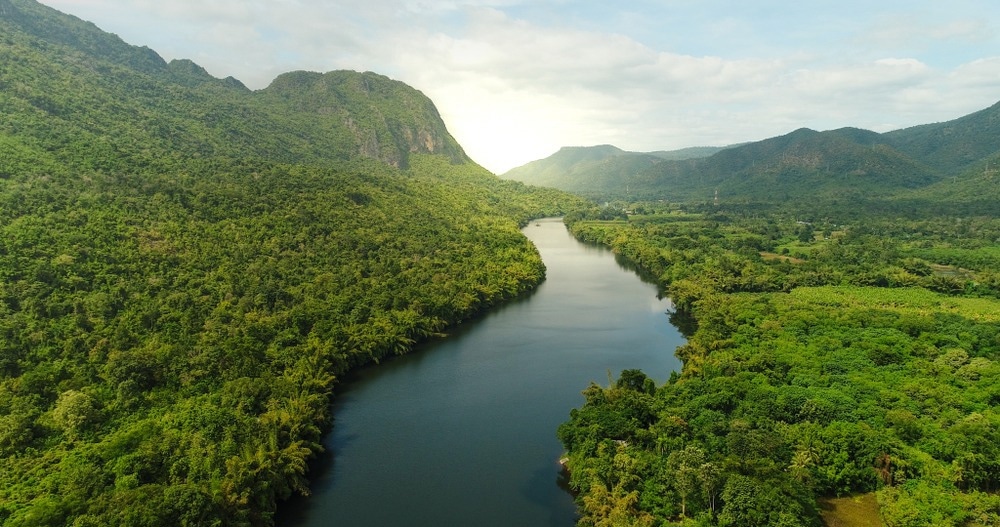
In an article published in Remote Sensing, researchers used geostatistical analysis, low-density airborne laser scanning (ALS) metrics, and forest inventory data to estimate old-growth indices (OGIs) as indicators of old-growth forest conditions.
Viewed by
You are the first to view
Propagation rules of shock waves in confined space under different initial pressure environments | Scientific Reports - Nature.com
8/23/22 at 11:12am
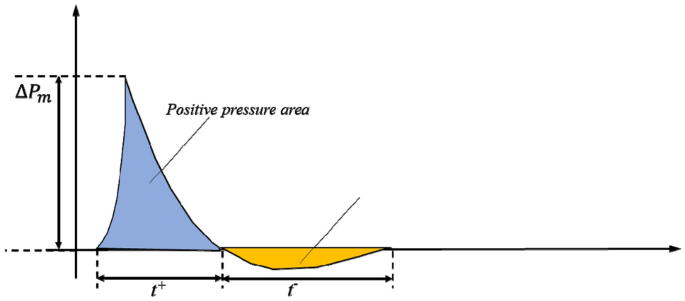
Scientific Reports - Propagation rules of shock waves in confined space under different initial pressure environments
Viewed by
You are the first to view

The radio telescope will have a circumference of 3.14 kilometers as it images the Sun in radio waves.
Viewed by
You are the first to view

With many scientists still unhappy with the IAU's definition of "planet," it's possible the debate will never be resolved!
Viewed by
You are the first to view
Novel Method to Determine the Optimal Canopy Shape for Shadow Fraction Estimation - AZoOptics
8/23/22 at 11:12am
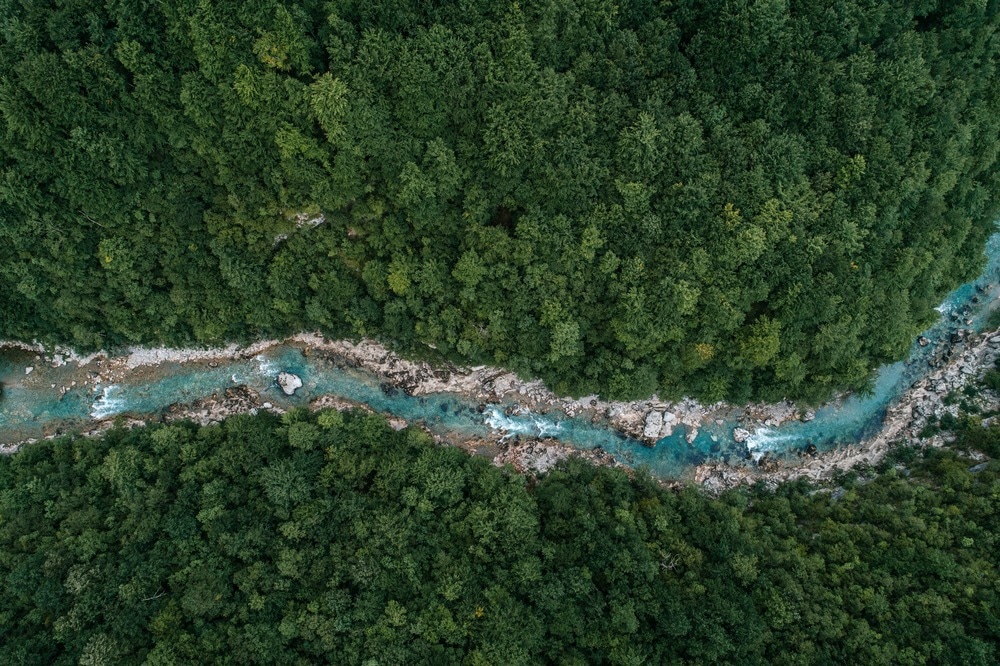
A study published in Remote Sensing has designed a reflectance simulator to determine the optimal canopy shape for calculating the shadow fraction based on the reflectance measured by satellite sensors.
Viewed by
You are the first to view
Brief exposure of neuronal cells to levels of SCFAs observed in human systemic circulation impair lipid metabolism resulting in apoptosis | Scientific Reports - Nature.com
8/23/22 at 11:12am
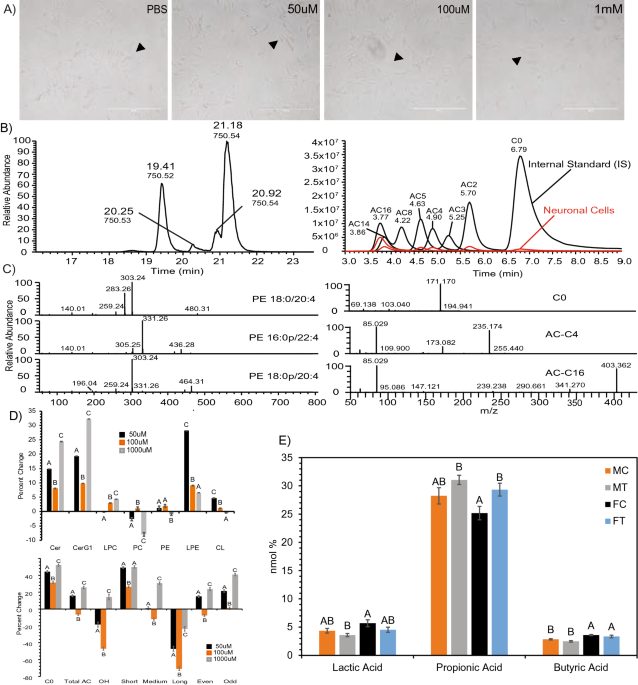
Scientific Reports - Brief exposure of neuronal cells to levels of SCFAs observed in human systemic circulation impair lipid metabolism resulting in apoptosis
Viewed by
You are the first to view
Ever Wondered What A Supermassive Black Hole Sounds Like? You're... - 2oceansvibe News
8/23/22 at 11:12am

NASA released the first track of the void, in a listenable form fit for human ears, and it really is rather unsettling.
Viewed by
You are the first to view
Detecting nanoplastics in the air - Phys.org
8/23/22 at 11:12am

Large pieces of plastic can break down into nanosized particles that often find their way into the soil and water. Perhaps less well known is that they can also float in the air. It's unclear how nanoplastics impact human health, but animal studies suggest th…
Viewed by
You are the first to view
NASA reacts to ‘idea of no sound in space': Released audio from black hole | Mint - Mint
8/23/22 at 11:12am

To make the sound audible by human ears, NASA has mixed sound frequencies collected from the Black hole with “other data'' and amplified it, stating that the idea of no sound in space was a misconception.
Viewed by
You are the first to view
Missing Step in Lipid Formation Could Enable Detection of Past Climate - Technology Networks
8/23/22 at 11:12am

The missing step in the formation of a lipid molecule that allows certain single-celled organisms to survive the most extreme environments on Earth has now been deciphered.
Viewed by
You are the first to view